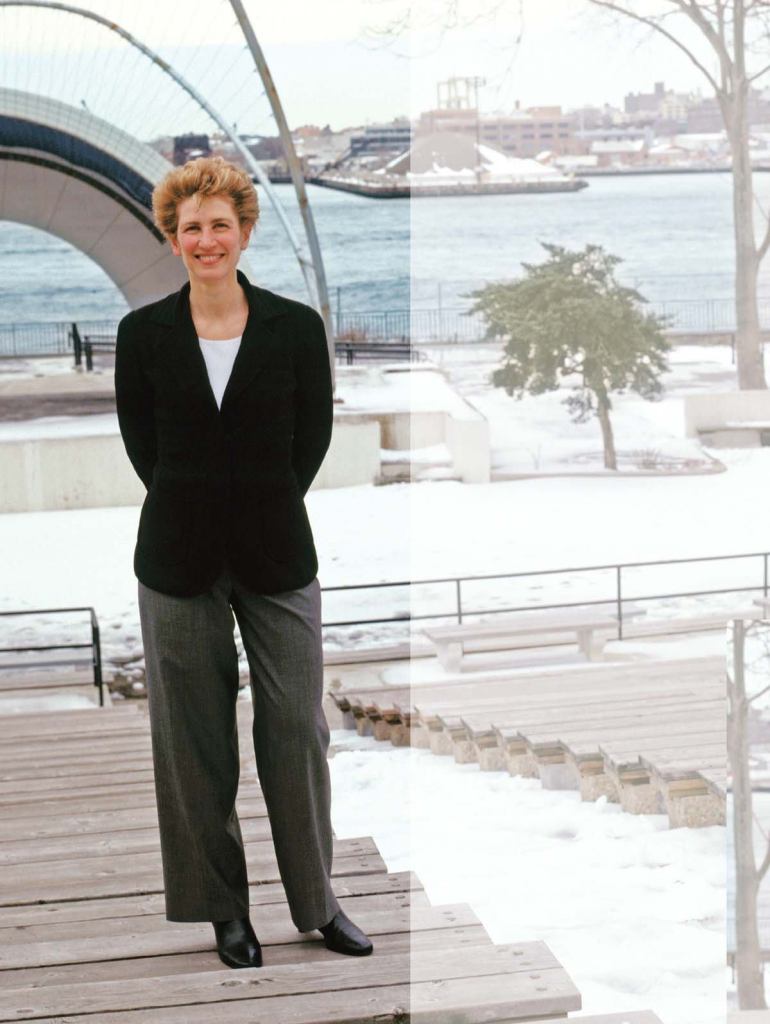Why is the present moment ripe for a fresh look at Robert Moses?
I think there is a widespread sense that we’ve been on hold. Not since Moses’ time has there been this burst of government-led construction. We’ve heard a nostalgic desire—notably surrounding the 9/11 rebuilding debates— for a figure who could cut through obstacles and make things happen.
Is it necessary to concentrate power in a single pair of hands in order to accomplish great public works?
You do need a powerful figure or figures to stand behind projects and to push them through. There will be thousands of criticisms and countless obstacles. It takes forceful leadership and authority—not to stampede opposition, and not to discount legitimate input from the public—just to move projects forward.
How did Moses manage to accomplish so much?
Moses was willing to take the heat. He was the front man for projects that could be difficult for politicians to stand up for, and he would absorb the criticism. He simply didn’t care. Moses understood the absolute necessity to make building projects financeable. He worked with architects who understood that as well.
What are the chances of another Moses-like figure emerging in the United States?
Moses didn’t have any faith in public opinion. He had faith in experts. I don’t think we’ll return to an age when the right of citizens to comment on projects will be dismissed. But if reviving a Moses era means having effective, entrepreneurial policy-makers who recognize funding opportunities and who can pull the levers of government, then, yes, we can have such figures.
What is your favorite Moses project?
East River Park at the foot of the Williamsburg Bridge. Moses extended the shoreline through landfill and expelled the industrial uses along the Lower East Side waterfront. There is a surprising feeling of openness. You almost don’t notice there is a highway next to this park because of the pull of the East River.
Gideon Fink Shapiro is a freelance writer based in New York City.
